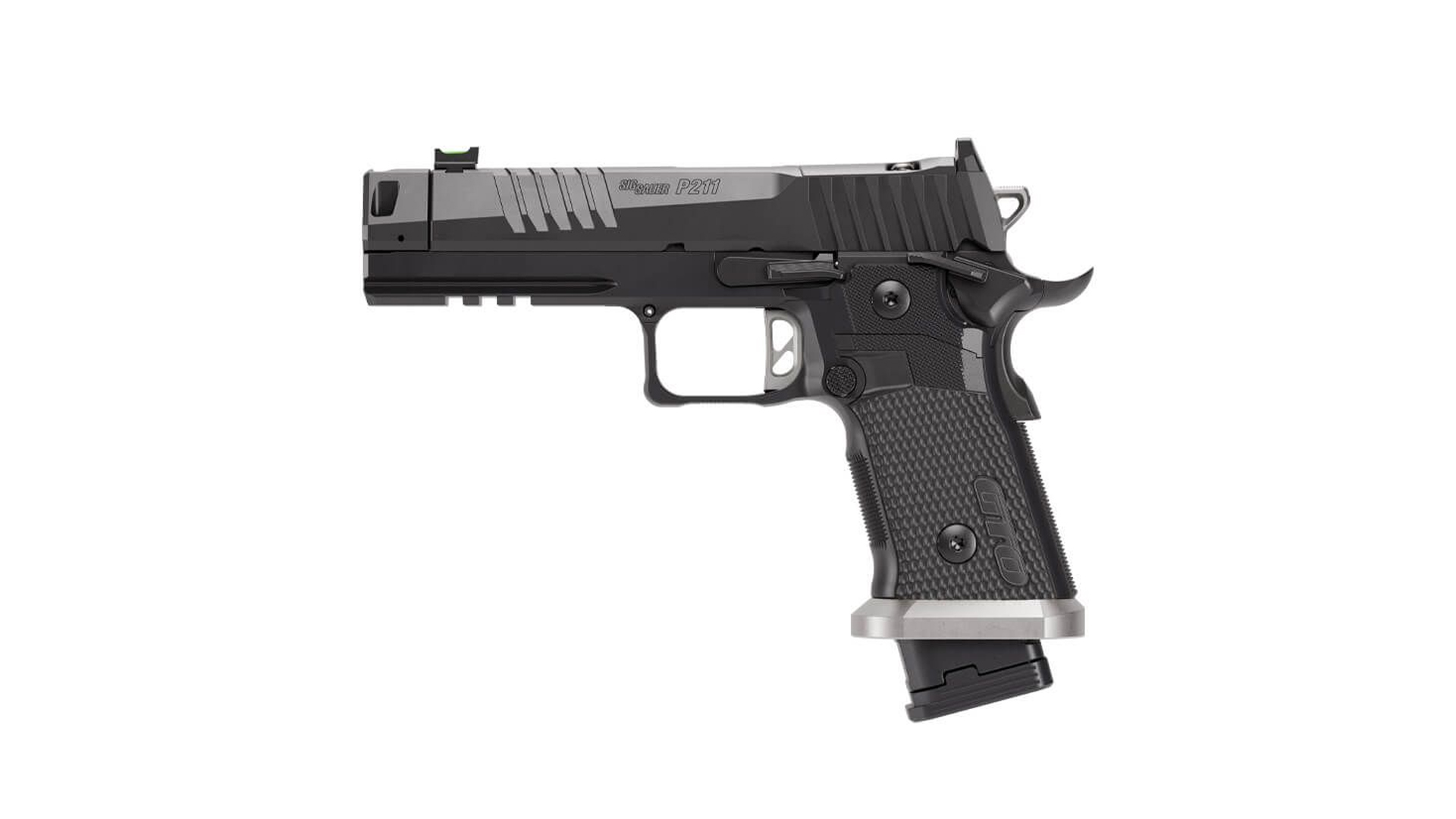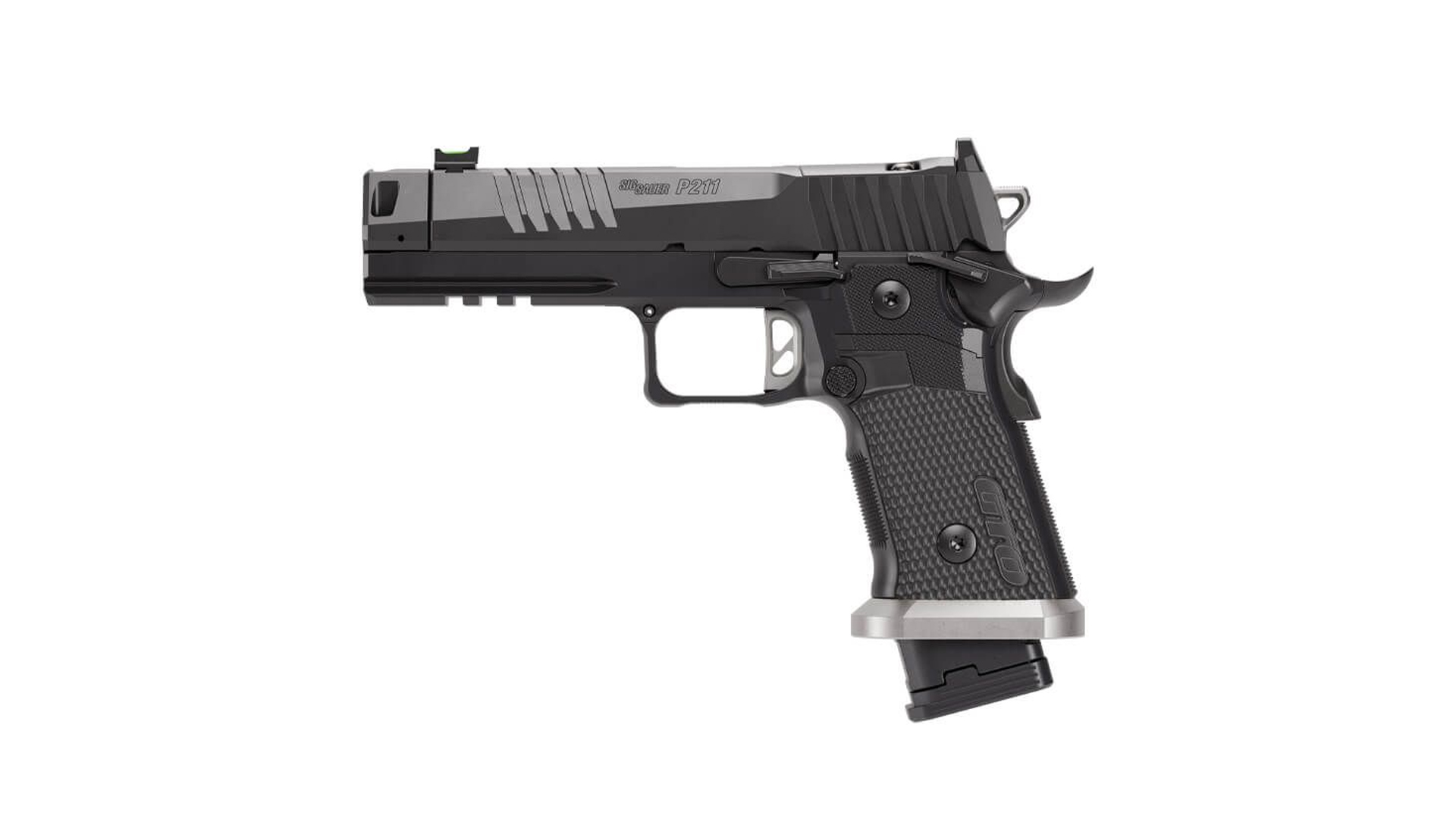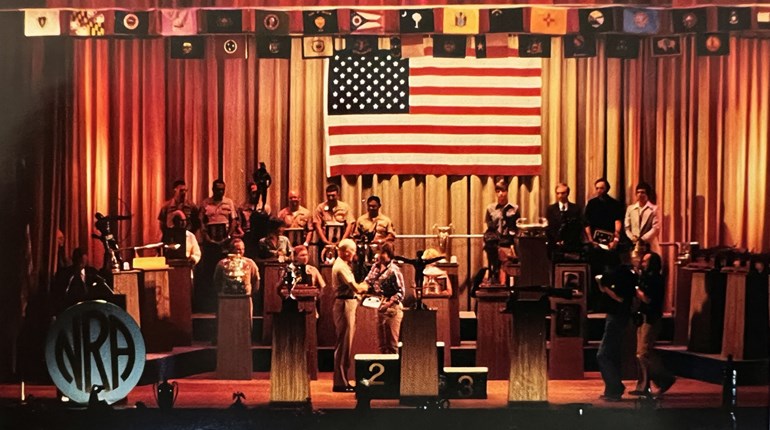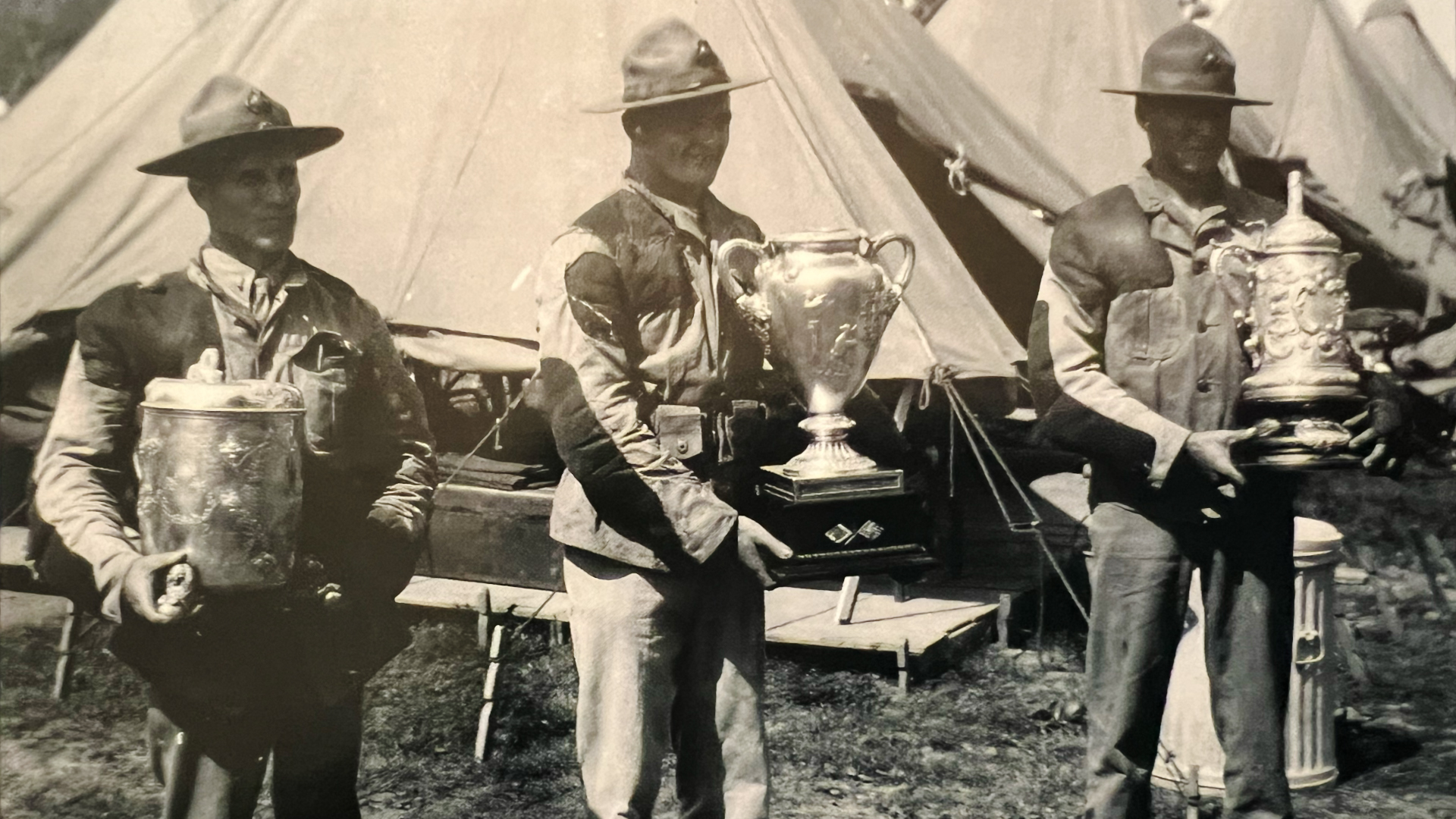
“Smiling weather with consequent high scores, and a range crowded to capacity with competitions which in turn drew a record entry list, combined to make the 1927 shooting season at Camp Perry the most illustrious of its long lineage ... [1927] brought the greatest succession of benign days ever experienced here, and for once belied the camp’s reputation as a hell-bender weather breeder.”
—The American Rifleman, October 1927
The National Matches returned to Camp Perry with a vengeance in 1927, and with Executive Officer Col. Alexander Macnab, Jr., again in charge, record numbers of rifles were issued and attendance across the board surpassed most expectations. But before the arrival of the first competitor, the all too familiar struggle of securing federal appropriations for the National Matches took place.
Thanks in large part to the influence of the major organizations that had strongly endorsed the NRA for the commendable action it took in 1926 to provide matches in the absence of federal support, National Match funding was granted this year. For the first time, the House Appropriations Committee specifically recognized civilians in its allocation. In the past when money for civilian teams to attend the matches was granted, it was dispensed from areas where surplus funds could be drawn. And for unattached civilians who paid their own ways, reduced rail rates were again available this year.
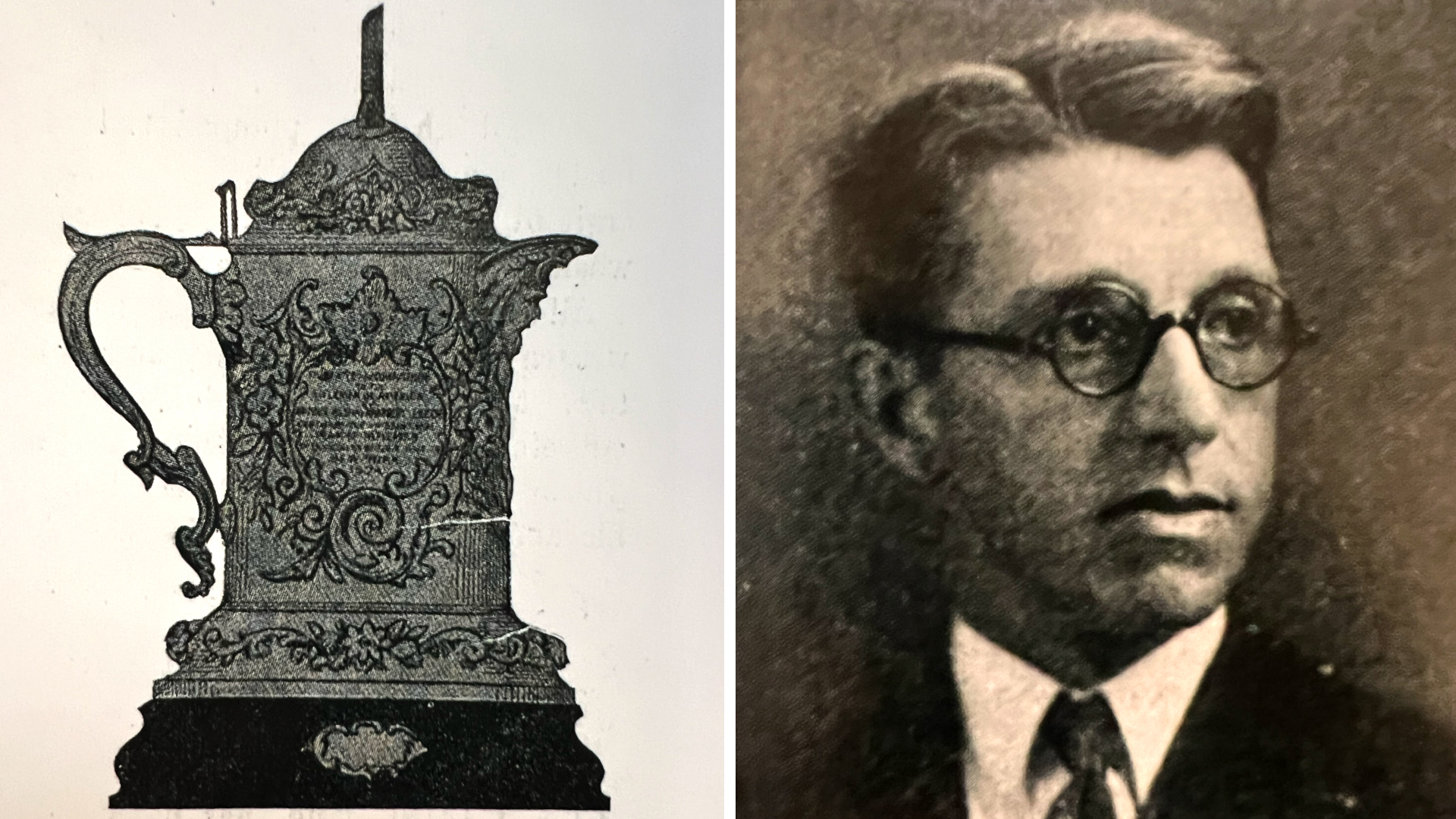
National Match issues discussed at the NRA’s January 1927 Board meeting included furnishing a site at Camp Perry for the convention of state and club secretaries, a cooperative action that earned the NRA much praise. The decision was also made to eliminate the special tyro matches and classifications since “none of those who attend the National Matches are tyros in the strict interpretation of that classification.”
The 1927 National Board for the. Promotion of Rifle Practice meeting focused on the expansion of pistol, smallbore and running deer facilities to accommodate the growing enthusiasm for competition beyond the big bore game and indeed, a second running deer target was installed this year based on the popular response to the sport’s National Match debut in 1925.
The discussions proved to be on the mark as entries in various NRA matches come September reflected increases anywhere from 40 to more than 100 percent, a sure sign that these so-called “side-show” contests were gaining a foothold in the National Match program. Ironically however, no shotgun events or All-Round competition had been part of the program since 1924.
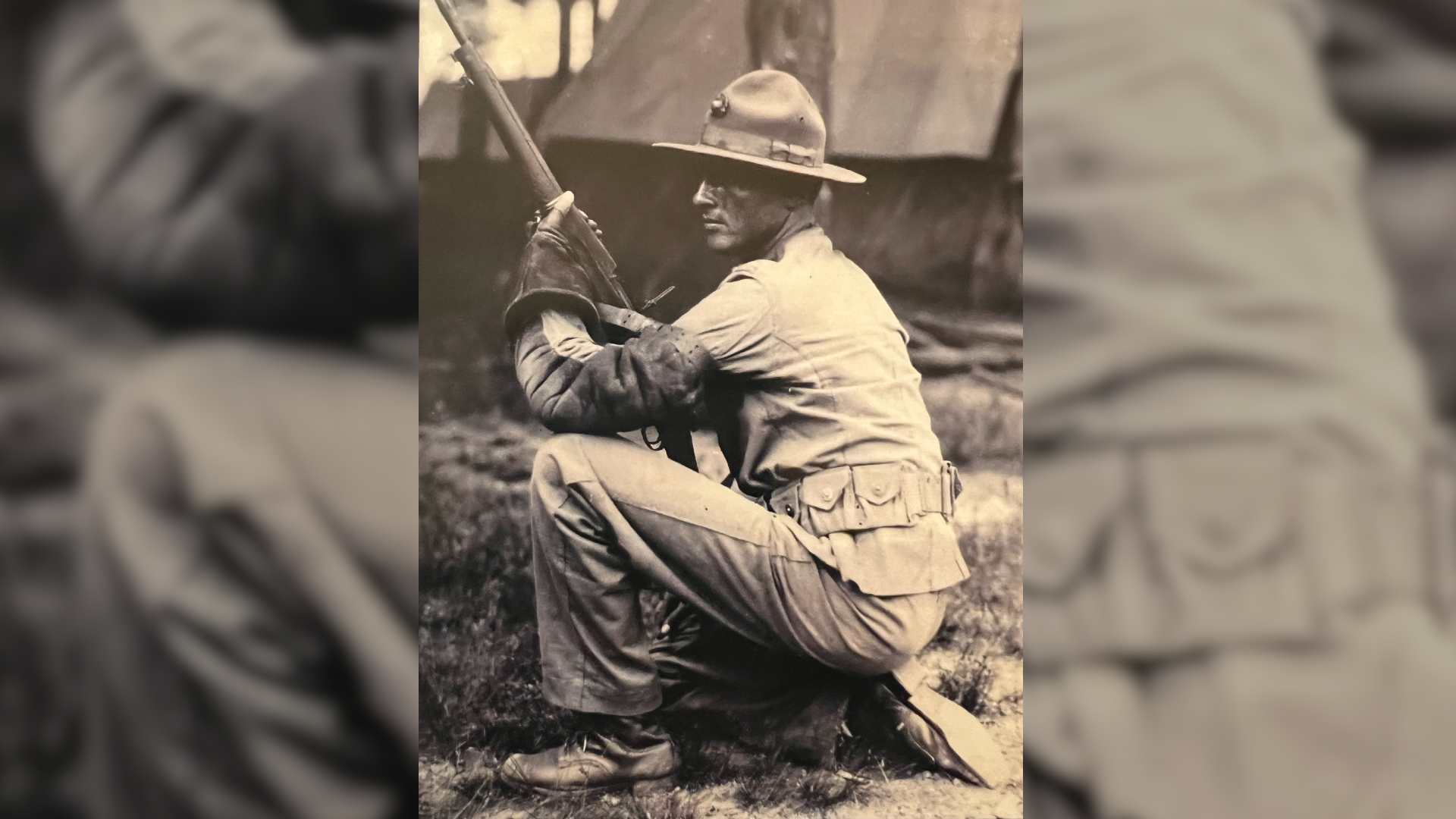
“The [National] Matches are the incentive and the lure which cause him to go out week after week to practice on his local range against the day when he can get to the National Matches and try his skill against the best shots that the nation has developed.”
—1927 National Matches Program
For a decade that could best be described as volatile for the unpredictability surrounding the conduct of the National Matches, the year 1927 provided grounds for celebration beyond that caused by increased entries and official recognition of civilian teams. A number of new trophies were introduced this year, and on a historic and nostalgic note, the coveted Leech Cup was found after last being seen at the 1913 National Matches. Shooters were also receptive to the fact that more money was added to the overall prize list with the enticement that winners of some of the matches could “pay their expenses several times over.”
On the shooting grounds, juniors were exposed to an improved camp based on a combination of features drawn from the NRA and former Winchester programs. The fact that it was now solely conducted by the NRA and not subject to any charges of corporate sponsorship quelled earlier apprehensions that had threatened to cast a shadow over an otherwise successful program. And the popularity of the police matches, due in part to the NRA’s institution of a special qualification course, led to a well-attended school of instruction for lawmen that included classes in small arms, submachine guns, tear gas, disarming prisoners and quick-draw work.
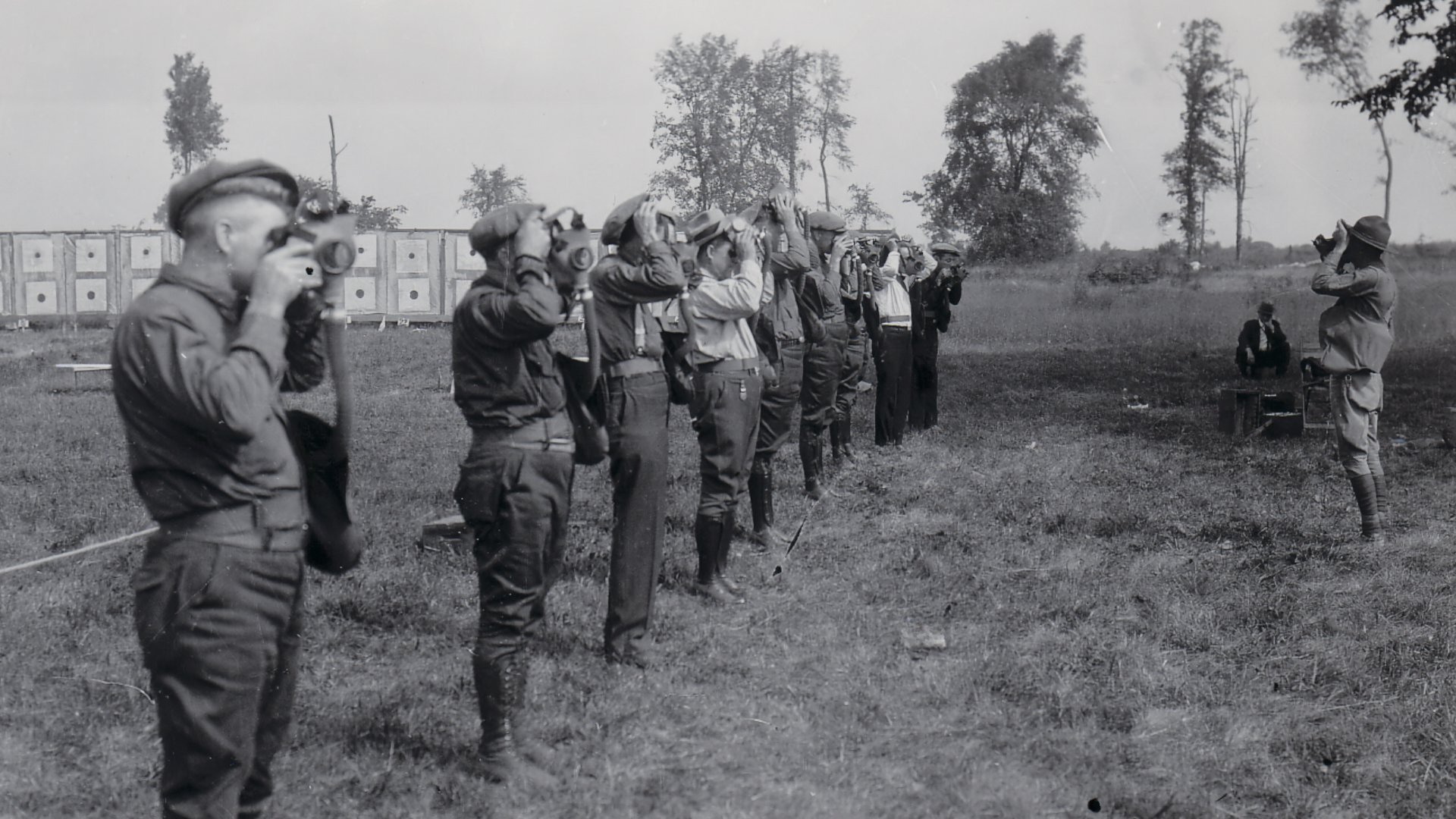
“Just think what a place Camp Perry is. One mile of targets on the lake front, mile after mile of tents, everything in systematic order. You never saw a greater sight in your life. Once at Camp Perry and you will always want to return.”
—The American Rifleman, June 1927
For the first time in National Match history, the field for the National Individual Rifle Match reached a capacity of 1,400 entries and in addition, a new event, the Citizen’s Military Championship Match, was fired under the same rules and in conjunction with the Board match but was open to all except regular service. The results bulletin of the National Rifle event reflected scores from both matches and was void of classification categories, with Marine Lt. R.M. Cutts taking first place by one point over civilian shooter M.M. Works of Texas.
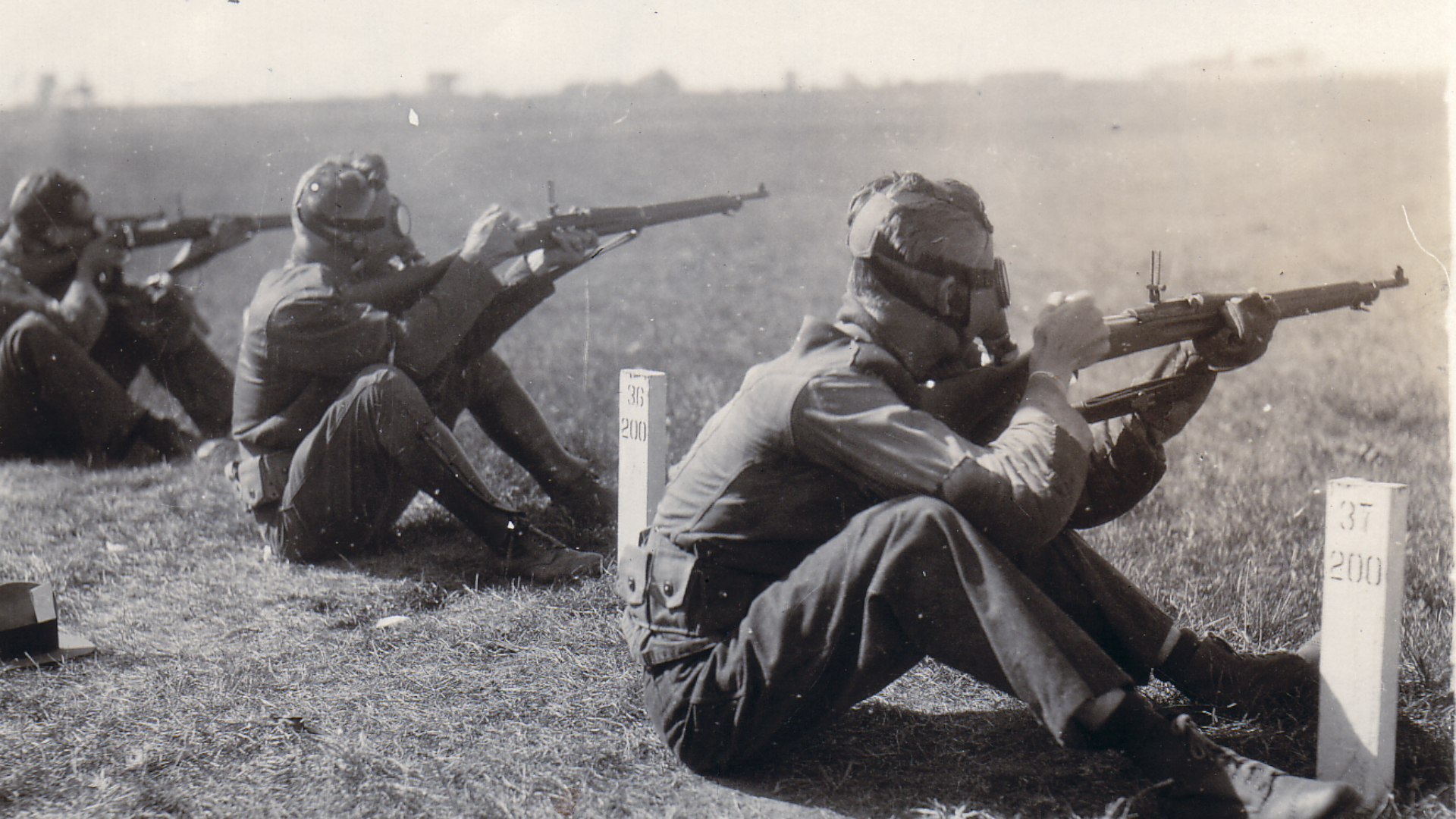
In other Board events, the Infantry earned the National Team Rifle title but not without controversy. The win came only after a protest by the Marines for a re-shoot was disallowed and the recorded miss gave the edge to the Infantry. The Marines held true in the National Team Pistol Match and Cavalry Sgt. B.H. Harris won the National Individual Pistol Match.
Among the major NRA individual events, Marines finished atop the Presidents, Leech and Wimbledon fields, the latter of which featured 18 possibles. But in some of the prominent team events, they were relegated to the role of bridesmaid and finished second to Navy in both the Herrick and Enlisted Men’s Matches, and second to the Cavalry in the A.E.F. Roumanian Trophy Match.
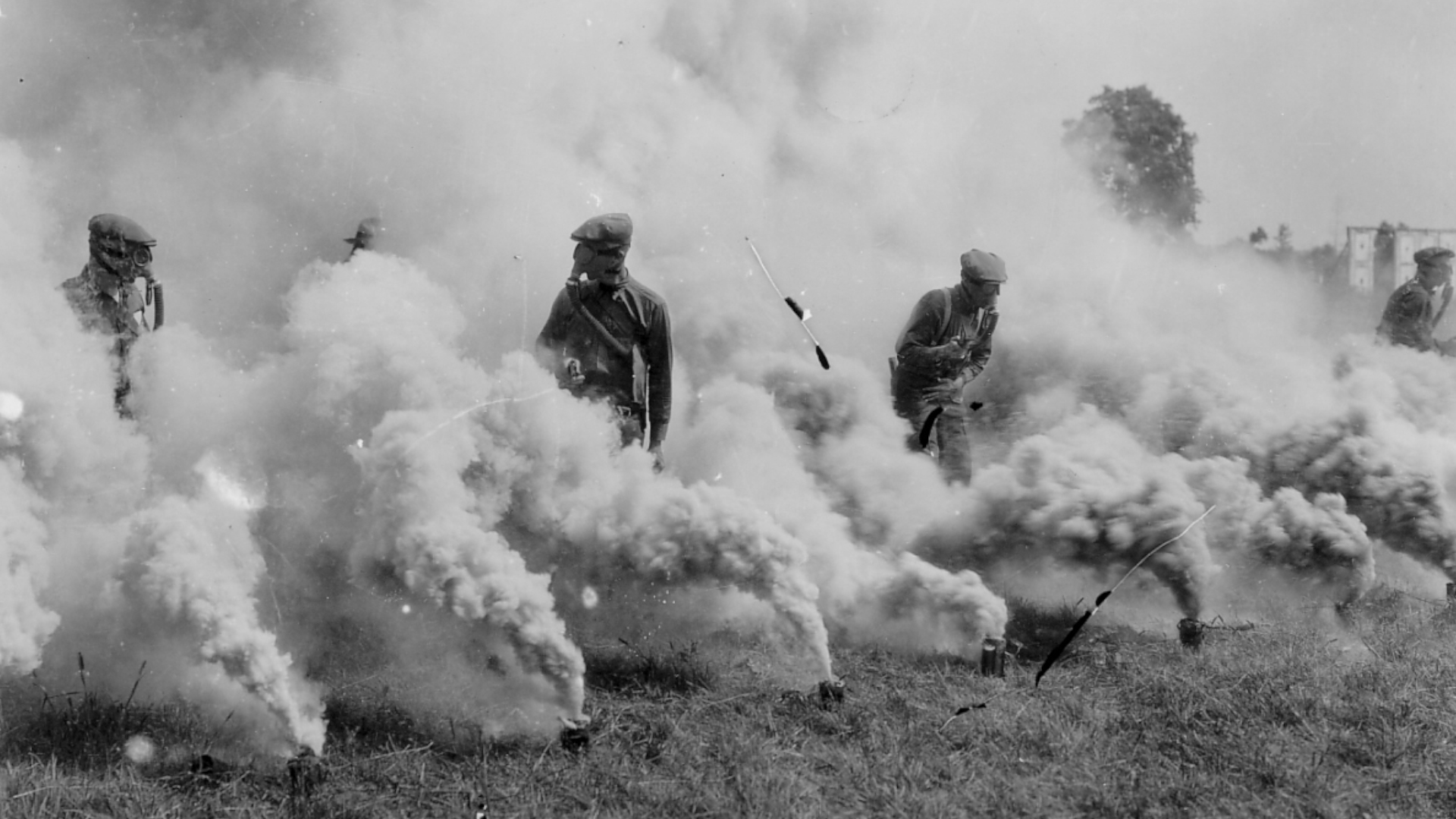
On the smallbore side, competition resumed this year to determine a national champion and civilian Ralph McGarity of Washington, D.C., won the honor. The requirements for smallbore shooters to claim rights as national champion changed this year from a one-match, any-sight affair to a four-match aggregate. The new format was employed to reward consistent performance with both metallic and any sights. For McGarity, who won the Wimbledon Cup on the big bore range in 1924, it was his second title (his first came in 1923) which earned him the distinction as the first smallbore competitor to repeat as national champion.
The United States reclaimed the prestigious Dewar Trophy this year with a record score while another postal match, the International Railwaymen’s Smallbore Match, was introduced after an invitation to Great Britain was accepted. The match, which was restricted to rail employees, was sponsored by the Pennsylvania Railroad and the 20-man U.S. team finished ahead of its British counterparts over the Dewar course for the inaugural title.











